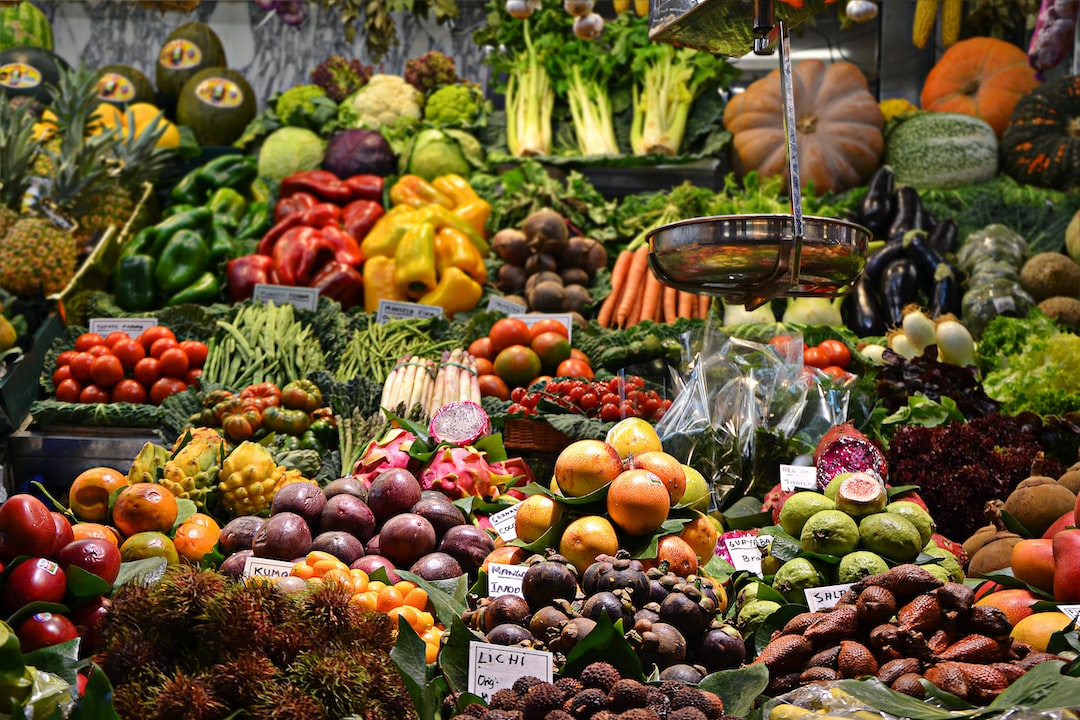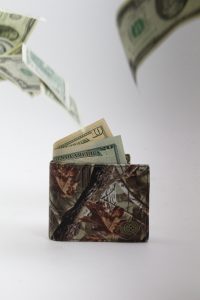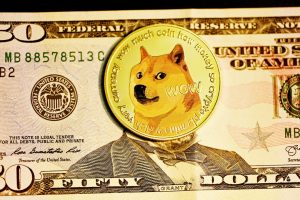Forex, also known as foreign exchange or FX, is a decentralized global market where currencies are traded. It is the largest and most liquid market in the world, with daily trading volumes exceeding $5 trillion. Forex operates 24 hours a day, five days a week, with trading sessions beginning in Sydney and ending in New York.
Forex is considered an Over-The-Counter (OTC) market, meaning that it is not traded on a centralized exchange like the stock market. Instead, forex trading is conducted through a network of banks, brokers, and dealers, who buy and sell currencies electronically. This allows for continuous trading and instant execution of orders.
The forex market is unique in that it does not have a physical location, and trading can occur from anywhere in the world. This means that prices can vary depending on where and when trading is taking place. For example, the exchange rate between the US dollar and the euro may be different in Tokyo than it is in London.
The main participants in the forex market include governments, central banks, commercial banks, hedge funds, and individual traders. Each participant has their own reasons for trading currencies, whether it be to invest, hedge against currency risk, or speculate on exchange rate movements.
For governments and central banks, forex trading is a crucial tool for managing their economies. They may intervene in the market to stabilize their currency or influence the exchange rate for economic purposes. Commercial banks also play a significant role in the forex market, as they facilitate transactions between buyers and sellers and may engage in proprietary trading.
Hedge funds and individual traders are often seen as the speculators of the forex market. They aim to profit from currency fluctuations by buying and selling currencies based on their analysis of economic data and market trends. This type of trading can be risky and requires a deep understanding of the market.
Forex trading involves the buying and selling of currency pairs, such as the EUR/USD or USD/JPY. Each currency pair has a bid and an ask price, which represent the price at which traders are willing to buy or sell the currency. The difference between the bid and ask price is known as the spread, and it is how brokers make their money.
Traders can take two types of positions in the forex market: long and short. A long position is when a trader buys a currency pair with the expectation that it will increase in value. A short position is when a trader sells a currency pair with the expectation that it will decrease in value.
Forex trading also involves the use of leverage, which allows traders to control larger positions with a smaller amount of capital. Leverage can amplify profits, but it also increases the risk of losses. It is important for traders to have a solid understanding of risk management and to use appropriate risk management tools, such as stop-loss orders.
In conclusion, forex is an OTC market where currencies are traded electronically by a network of banks, brokers, and dealers. It is the largest and most liquid market in the world, with daily trading volumes exceeding $5 trillion. Forex trading involves the buying and selling of currency pairs, and traders can take long or short positions. It is important for traders to have a deep understanding of the market and to use appropriate risk management techniques.






